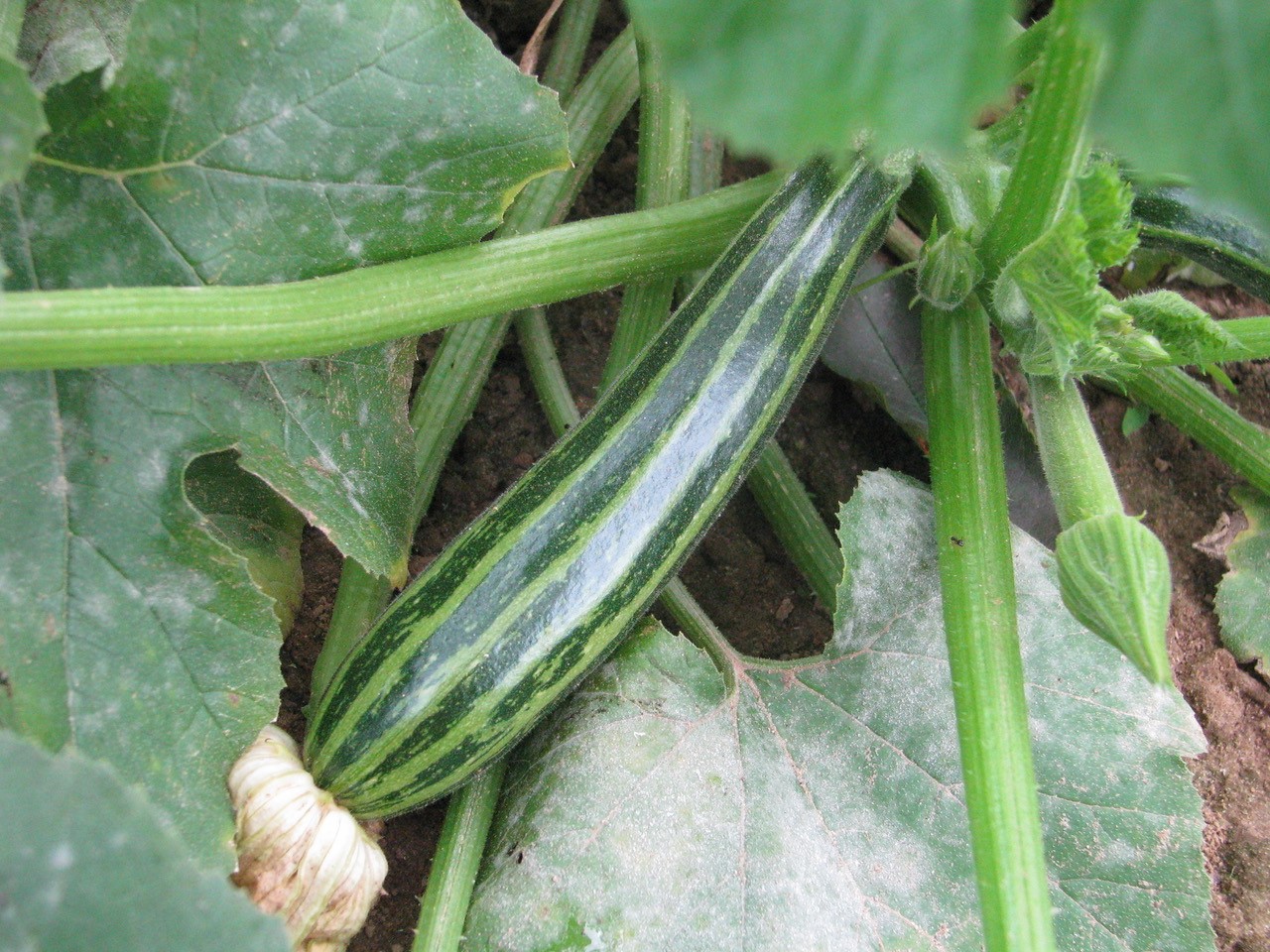What Are the 5 Strategies for Reducing Mold and Fungus Problems in Greenhouses?
Quick Answer:
Greenhouse mold and fungus problems can wreak havoc on your plants—especially in the cooler, damper months. Common culprits like grey mold (botrytis), fusarium, sooty mold, and powdery mildew thrive in stagnant air and excessive humidity. Fortunately, preventing outbreaks is possible with five key strategies: maximize sunlight exposure, ensure proper ventilation, monitor temperature and humidity, water conservatively in winter, and keep your greenhouse clean. From adjusting your watering schedule to changing out contaminated soil, these proactive steps can help you maintain a healthy, thriving greenhouse environment all year round.
Greenhouses are not one size fits all but in the late fall through spring many greenhouse growers report problems with fungus in their greenhouse. Climate control and cleanliness are important aspects of preventing fungal problems in a greenhouse because damp cool conditions encourage mold to thrive and spread.


